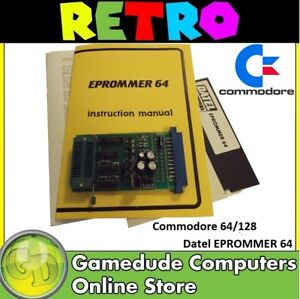

The process takes several minutes for UV lamps of convenient sizes sunlight would erase a chip in weeks, and indoor fluorescent lighting over several years. Since the whole memory array is exposed, all the memory is erased at the same time. Photons of the UV light cause ionization within the silicon oxide, which allows the stored charge on the floating gate to dissipate. To erase the data stored in the array of transistors, ultraviolet light is directed onto the die. The programming process is not electrically reversible. Because of the high insulation value of the silicon oxide surrounding the gate, the stored charge cannot readily leak away and the data can be retained for decades. When the high voltage is removed, the electrons are trapped on the electrode. This creates an avalanche discharge of electrons, which have enough energy to pass through the insulating oxide layer and accumulate on the gate electrode. Storing data in the memory requires selecting a given address and applying a higher voltage to the transistors. In effect, the stored charge on the floating gate allows the threshold voltage of the transistor to be programmed. Presence of a voltage on this gate creates a conductive channel in the transistor, switching it on. The switching state of the field-effect transistor is controlled by the voltage on the control gate of the transistor. Each bit of the word is a 1 or 0, depending on the storage transistor being switched on or off, conducting or non-conducting.Ī cross-section of a floating-gate transistor

To retrieve data from the EPROM, the address represented by the values at the address pins of the EPROM is decoded and used to connect one word (usually an 8-bit byte) of storage to the output buffer amplifiers. A control gate electrode is deposited and further oxide covers it. The floating-gate electrode has no connections to other parts of the integrated circuit and is completely insulated by the surrounding layers of oxide. An insulating layer of oxide is grown over the channel, then a conductive (silicon or aluminum) gate electrode is deposited, and a further thick layer of oxide is deposited over the gate electrode. Source and drain contacts are made to regions at the end of the channel. Each field-effect transistor consists of a channel in the semiconductor body of the device. Įach storage location of an EPROM consists of a single field-effect transistor. Frohman designed the Intel 1702, a 2048-bit EPROM, which was announced by Intel in 1971. Building on this concept, Dov Frohman of Intel invented EPROM in 1971, and was awarded U.S. In 1967, Dawon Kahng and Simon Min Sze at Bell Labs proposed that the floating gate of a MOSFET could be used for the cell of a reprogrammable ROM (read-only memory). While he did not pursue it, this idea would later become the basis for EPROM technology. In 1963, he noted the movement of charge through oxide onto a gate. Stored charge on these isolated gates changes their threshold voltage.įollowing the invention of the MOSFET (metal-oxide-semiconductor field-effect transistor) by Mohamed Atalla and Dawon Kahng at Bell Labs, presented in 1960, Frank Wanlass studied MOSFET structures in the early 1960s. The small quartz window admits UV light for erasure.ĭevelopment of the EPROM memory cell started with investigation of faulty integrated circuits where the gate connections of transistors had broken. As far as the socket was concerned it had a 2764 plugged into it.An Intel 1702A EPROM, one of the earliest EPROM types (1971), 256 by 8 bit. The idea was that A12 controlled which of the two smaller ICs was active at a time. All pins were soldered together except the -CE pins which were wired to an inverter and fed from the A12 pin on the socket. In very early days of EPROMs when they were expensive and in short supply, it wasn't uncommon to see a 2764 made by soldering two 2732 ICs, one on top of the other. With A12 tied to ground, A0 to A11 will access addresses 0000 to 0FFF (as in the 2532) and with A12 tied to VCC, A0 to A11 will access addresses 1000 to 1FFF, in other words the next 4K block above the first one. If you have an option to set the load address, just leave it at zero as you would with the 2532.Įach time the size of a memory doubles, as it does between the 'x32' and 'x圆4' it needs another address line to allow all the capacity to be reached. If you load the program at address zero as you normally would, because it is only half the size of the new IC, it will only load into the bottom half of the storage space.


 0 kommentar(er)
0 kommentar(er)
